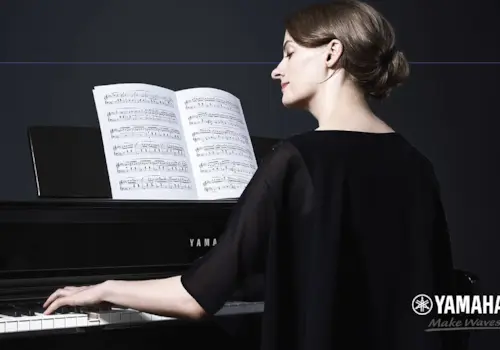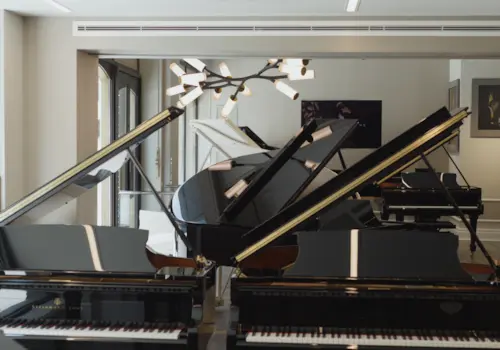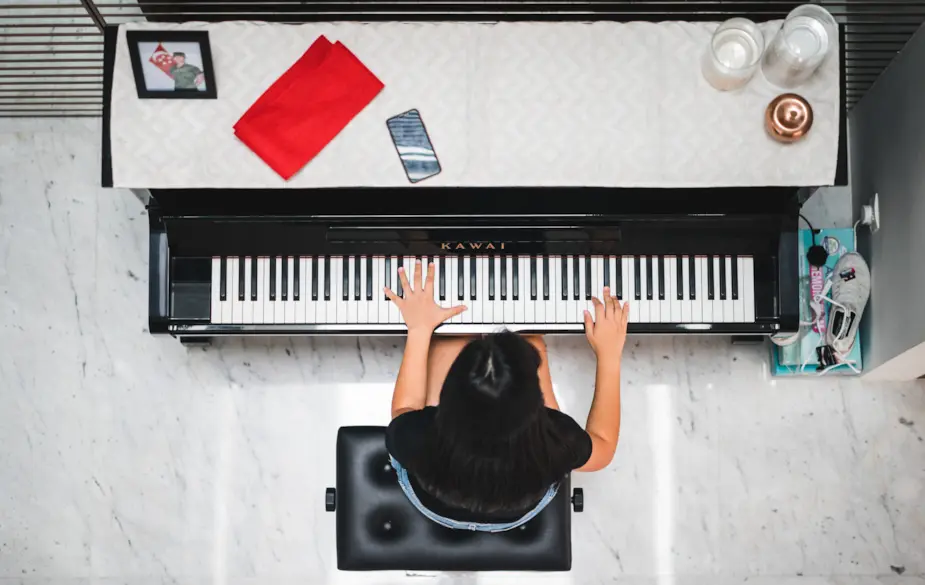Pianist contributor Melanie Spanswick offers up 5 top tips in order to help you with memorising.
Want to learn how to memorise the music you're playing? Come along to our LIVE Zoom masterclass hosted by Steinway artist Alisdair Hogarth on 18 August. Full details and tickets below 👇
Memorisation is a hotly debated topic in piano playing. Irrespective of whether a piano piece is to be played from memory or not, the act of memorising is incredibly useful. It can help with so many facets when learning repertoire; from understanding form and structure, to fully internalising your chosen work (both physically and mentally), and therefore ultimately presenting a more unified, considered and engaging performance.
Here are a few ideas to aid memorisation:
1. Thoroughly study its structure away from the piano
Mark up important ‘landmarks’ such as its form (fugue, sonata form, ternary form, etc.), key changes, texture, chord progressions, and the like.
2. Memorise from the outset
Resist the temptation to ‘learn the notes’, returning to memorise later. If you can do this from the very beginning, bar by bar (or phrase by phrase), learning everything from the physical ‘feel’ of note patterns, fingerings and movement, to the required sound and musical details, you’ll find it easier to remember in the long run. This is because you’re already taking the music off the page and allowing it to permeate your mind.
3. Work without the score as soon as possible
That’s not to say you won’t return to examine it often. Memorise each hand separately. This can be most beneficial, particularly regarding the left hand, which has a habit of ‘disappearing’ under the pressure of performance. Be aware of fingerings and note patterns especially, finding signposts to jog your memory.
4. Sectionalise your new piece
Sectionalise your piece so that you can practise from various ‘points’. You may want to divide the work into as many as ten sections (or more). Practise playing from the start of each section until it becomes second nature (totally engaging your mind and focus when doing this). If you have a slip when playing through or during a performance, you can easily recover by moving quickly to the next ‘section’.
5. Hear the piece in your head, AWAY from the instrument
Alternatively, visualise yourself sitting playing it at the keyboard. These are both useful techniques once the piece is under your fingers (and in your mind!). I find them extremely valuable tools. Sit quietly and mentally ‘play it through’ (concentrate completely so as not to miss any detail). Once you can 'hear' a piece from beginning to end with ease, you're on your way to mastering (or conquering!) your memory.










